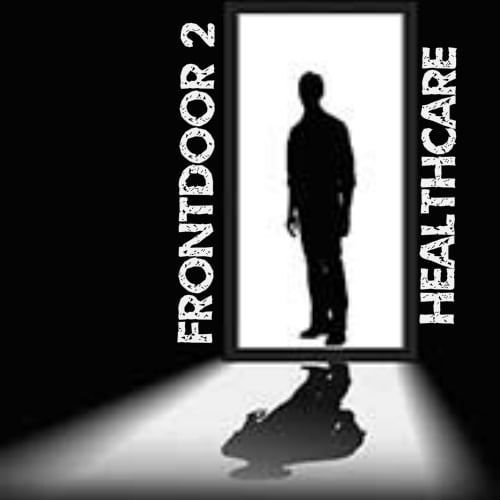We have a fixed “X” amount of money and resources. We want the best care for everyone. And we want it forever.
If I presented this basic problem to a class of 5th graders, I can already picture them scratching their heads. “Excuse me sir,” one of them would raise his/her hand and say, “but that doesn’t add up – it’s not possible.”
Surely we cannot base government policy on a bunch of grade-schoolers, so Ontarians have been waiting eagerly on the edge of their seats for a real economist’s analysis. Earlier this month, the ex-TD economist Don Drummond published the much anticipated report, Commission on the Reform of Ontario’s Public Servcie – Public Services for Ontarians: A Path to Sustainability and Excellence. In it, Drummond hammers out an exhaustive list of what’s wrong with our current system, along with an even longer list of recommendations that are needed to keep the public system from crashing and burning.
Guess what? The basic conclusion is the same as the one proposed by the 5th grader. We simply cannot afford to continue on this track of attempting to give every single person the ultimate best of the best, whenever they want it. You can read through all 105 recommendations Drummond had for healthcare in Ontario, but I can tell you a major theme inherent in his proposals is shifting the providence of care away from acute care hospitals and into the community. The theory of course, is that the same care given at the acute setting could be provided at a much lower cost using community resources.
While it is true that most medical care can be (and should be) provided outside an acute care hospital at a much cheaper cost, there are some compromises to be made, especially in the patients’ eyes. The ER is open 24/7 – most community resources have very set hours even if they are available 7 days a week. And it is the patients who demand instant access to immediate care – in their eyes, their particular ailment is a top priority and cannot wait. The cost of seeing a walk-in clinic for a fever and cough is miniscule compared to a visit to the ER for the same assessment and treatment. But there is no rule or guideline for when people should get treated and for what.
That, in essence, is the underlying problem. As a population, we have not had the discussion on what we should spend our resources on. Who gets to decide which cancer patients should get their multi-thousand dollar a shot chemotherapy covered? Who gets to decide which elderly demented and non-ambulatory patients should be assessed in the hospital versus staying in a community facility? Who gets to decide how long someone with a terminal condition should be kept on a ventilator in a critical care bed?
The answer is, in a publicly funded system, the population should decide collectively. But in our (?impossible) quest to respect full and complete autonomy in the face of limited resources, we have decided to let each individual patient decide – who inevitably will want the best of the best, whenever they want.
So, while the Drummond report contains very appropriate general recommendations, it is still wishful thinking until we have that ultimate discussion – without it, we will surely stumble on the details and execution of his recommendations.


